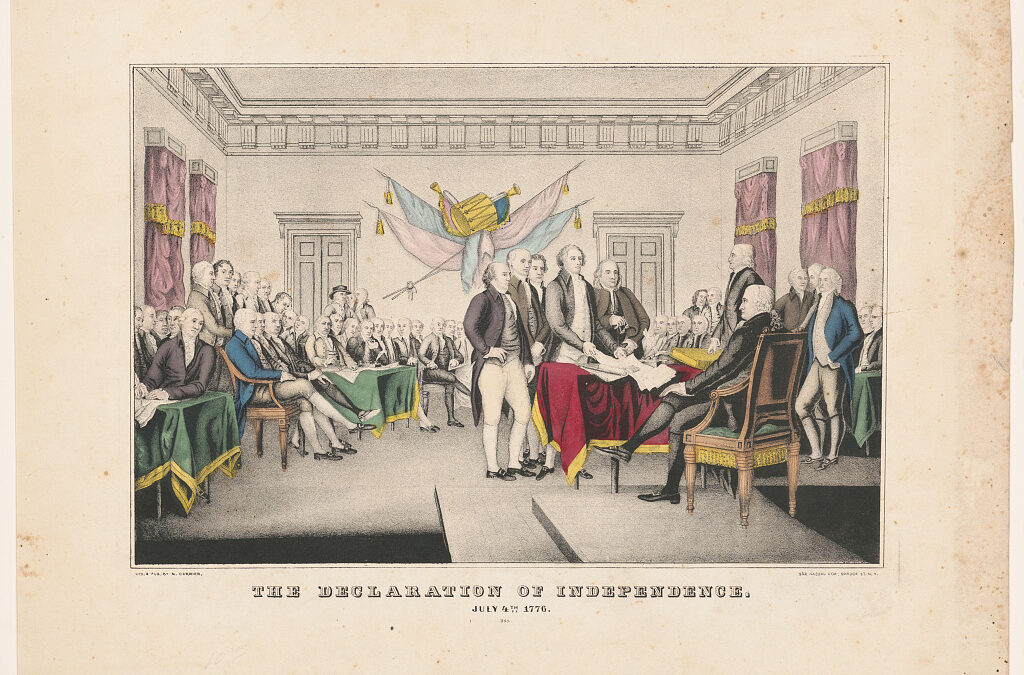
Early last month, the school board in Fairfax County, Virginia, held a vote on Title IX compliance in K-12 schools. Amid a crowd of furious parents, the board voted to include gender identity in its anti-discrimination policies. This evening, the board for Arlington Public Schools seems set to vote on a similar measure. (Agenda item No. 5 was removed sometime Monday but originally read: “5. Revision of SBP 35-4.4 Equal Employment Opportunity. Action Type: Consent”.)
Why Are We Suddenly Talking about Bathrooms?
Title IX prohibits discrimination on the basis of sex by educational institutions that receive federal funds. It was actually the education section of the ultimately failed Equal Rights Amendment. Feminists had been disappointed that the Civil Rights Act of 1964 focused on racial discrimination, and the Equal Rights Amendment had been proposed in the 1920s and was still divisive, mostly due to labor concerns. (Fun historical fact: the main supporters of the ERA during the war and post-war years: Republican women.) The Educational Amendments of 1972 included the part of the ERA which prohibited sex discrimination in education as its Title IX.
The provision was intended as “an important first step in the effort to provide for the women of America something that is rightfully theirs—an equal chance to attend the schools of their choice, to develop the skills they want, and to apply those skills with the knowledge that they will have a fair chance to secure the jobs of their choice with equal pay for equal work,” said then-Sen. Birch Bayh (D-Indiana), when presenting the bill to the Senate. As women had already started continuing their formal education, for decades Title IX’s most significant impact was in college athletics.
Obama Administration Sneaks Trans Into Title IX
In April of 2014, however, the U.S. Department of Education released new guidelines for Title IX compliance. The main purpose was to strengthen women’s ability to report sexual assaults. When published, a group of Harvard Law professors—not exactly vast right-wing conspiracy members— wrote an open letter voicing their concern that the new Title IX requirements deny due-process rights. Later, huge stories such as the Rolling Stone gang rape story illustrated the professors’ concerns. While the rape and due-process themes dominated, news that the new guidelines expressly included transgender men and women as a protected class did not get much attention.
Steadily, however, transgender and transsexual demands began to trump traditional sex discrimination concerns in the United States.
The New York Times published an article about Wellesley College’s dilemma. The women only school admitted men who identified as women, but worried about their Title IX exemption. As a women-only college, they are exempt from Title IX admissions compliance as long as they do not discriminate among women. While administrators tried to untangle their discrimination duties, they watched biological men take leadership positions and win women’s athletic competitions, exactly the sort of male primacy that Title IX was supposed to remedy. The other Seven Sisters colleges faced the same issues.
Concern for transgender preferences spread outside the scope of Title IX. A CrossFit trainer and transsexual woman sued CrossFit for refusing to allow her to compete in their athletic competition as a woman. A few states opened up single-sex public restrooms to transgender individuals. Houston passed a similar restroom ordinance that got tied up in litigation.
Then a few weeks ago, Virginia K-12 public schools, which depend on federal funding and are close to Beltway activists and policy makers, became the testing ground for the new Title IX mandates. In elementary and secondary schools, the single-sex areas most likely to exclude transgender individuals are bathrooms and locker rooms. Hence, the concern about school board bathroom votes.
The Problem with Open Bathrooms
So far most of the objections have focused on young children and the potential for sexual predation or on the teaching of transgender issues in elementary school. But there is a far more mundane concern, and the fact that it hasn’t even come up yet in the equality discussion suggests we do not realize that we are sacrificing women’s access to education that Title IX was supposed to secure.
Women menstruate. How comfortable will post-pubescent young women feel attending school if they don’t have female-only bathrooms? As it happens, we have some experience with this question.
Many organizations seek to bolster girls’ education in the developing world. Where sanitary products are scarce, girls routinely stay home from school while menstruating. They miss a few days of each month, which eventually makes it difficult for them to keep up on their studies. Having fallen behind, they are more likely to quit school altogether. In short, menstruation is a significant obstacle to female education in the developing world.
Many well-meaning charities seek to donate sanitary products, but organizations in-country report that the problem is not simply lack of absorbent products, but a lack of female-only bathrooms:
Now the potty factor. If a girl makes it to school (hopefully with a sanitary product to help manage her period) it is likely that there may not be a bathroom there. If there is a bathroom it will be shared with boys. This is particularly true in the government schools in India. There was a survey of 700,000 government schools and only 1 in 6 had toilets. Imagine what that must be like: a teen girl adjusting to having a period and not having access to private toilet facilities. I think I would stay home too!
How can we obviously see the need to form international charities to build girls’-only bathrooms so girls in Uganda, India, and Nepal feel comfortable continuing their education, while we open girls’ bathrooms to boys here at home? We are creating the problem here that we are trying to solve there.
Putting Girls on a Collision Course
Worse still, we aren’t simply opening the bathrooms to males, but males who common sense and experience should warn us are not likely to be full of compassion and understanding for young girls. Unlike gay men, who are notorious for their blatant sexist treatment of women, transgender assumptions about womanhood are more positive but still shallow.
Transgender theory relies upon traditional stereotypes of male and female. It has to. If a biological man does not have a notion of what is feminine, then he would have no context for feeling like a woman. By necessity, transgender women see biological women as a set of outward physical attributes and a certain way of thinking. Womanhood is about sexiness and beauty, the things they can imitate.
They cannot understand the life burden, or the awe, of being a woman, of having a body that can bring forth life. So I wonder, when they walk into a bathroom that smells like a butcher shop, will they declare the whole process gross out of spite? Will they mock the girls out of jealousy? Will the smell shock them to the reality that they are not and can never be a woman? Will sensing the bloody reality in close quarters make them doubt the life they thought would bring them peace?
In these moments, I also wonder what the young bleeding girls will have to do. While their bodies transform and prepare to create life, will we expect them to put aside their own worries—again and as always—to succor and support a confused young boy? Or will we tell them to woman up about any embarrassment or mockery? Some will rise to that challenge. Others will avoid attending school.
And, years from now, when women’s education numbers have dropped off, will we remember that women’s educational access was swamped in by the very statute designed to secure it?









